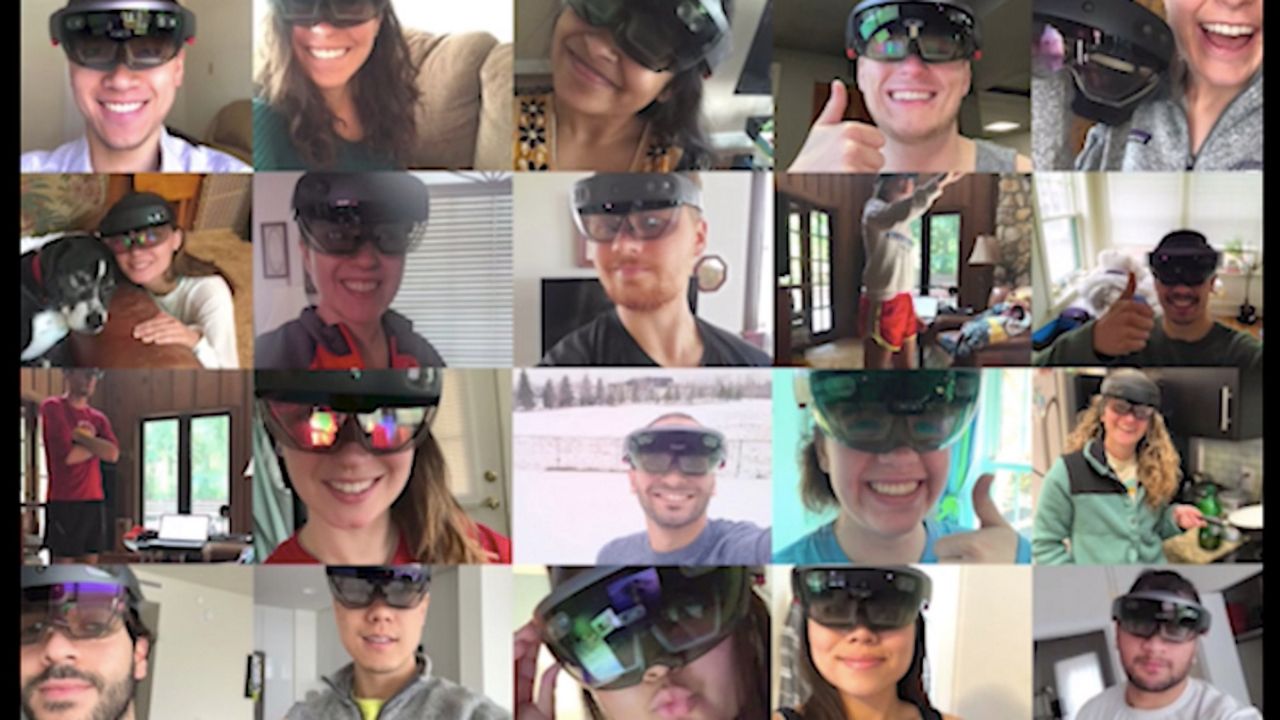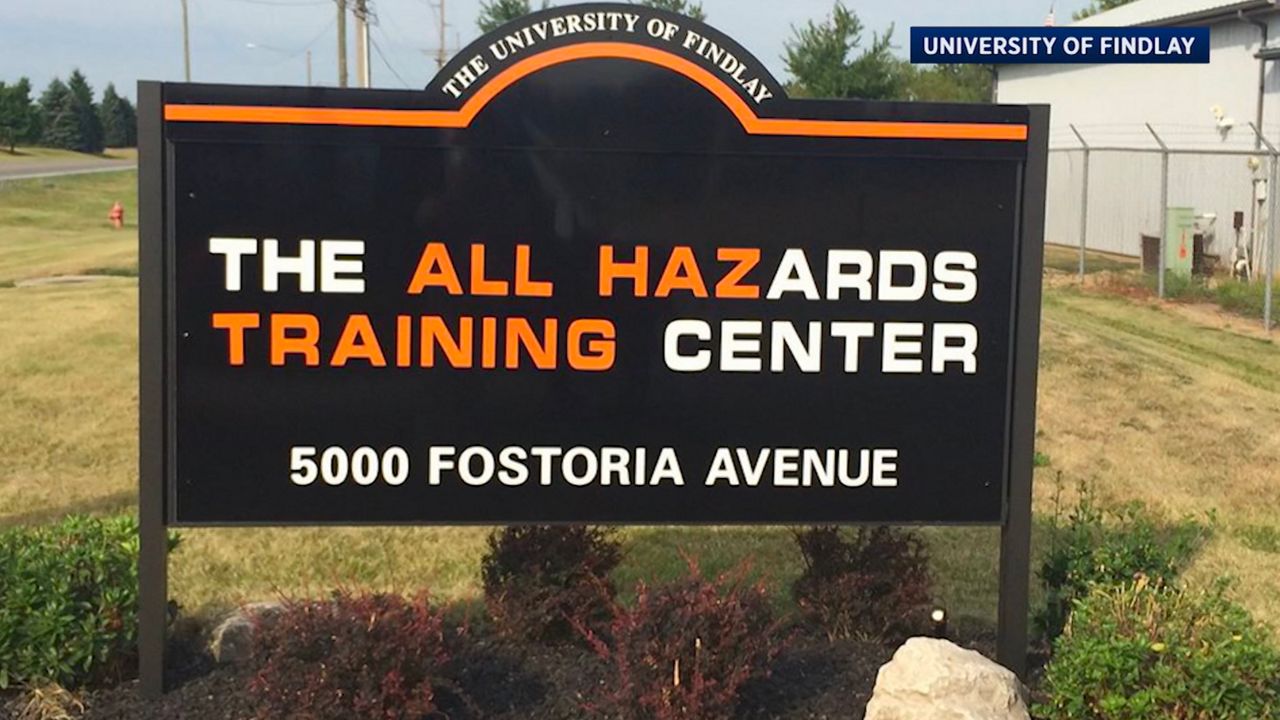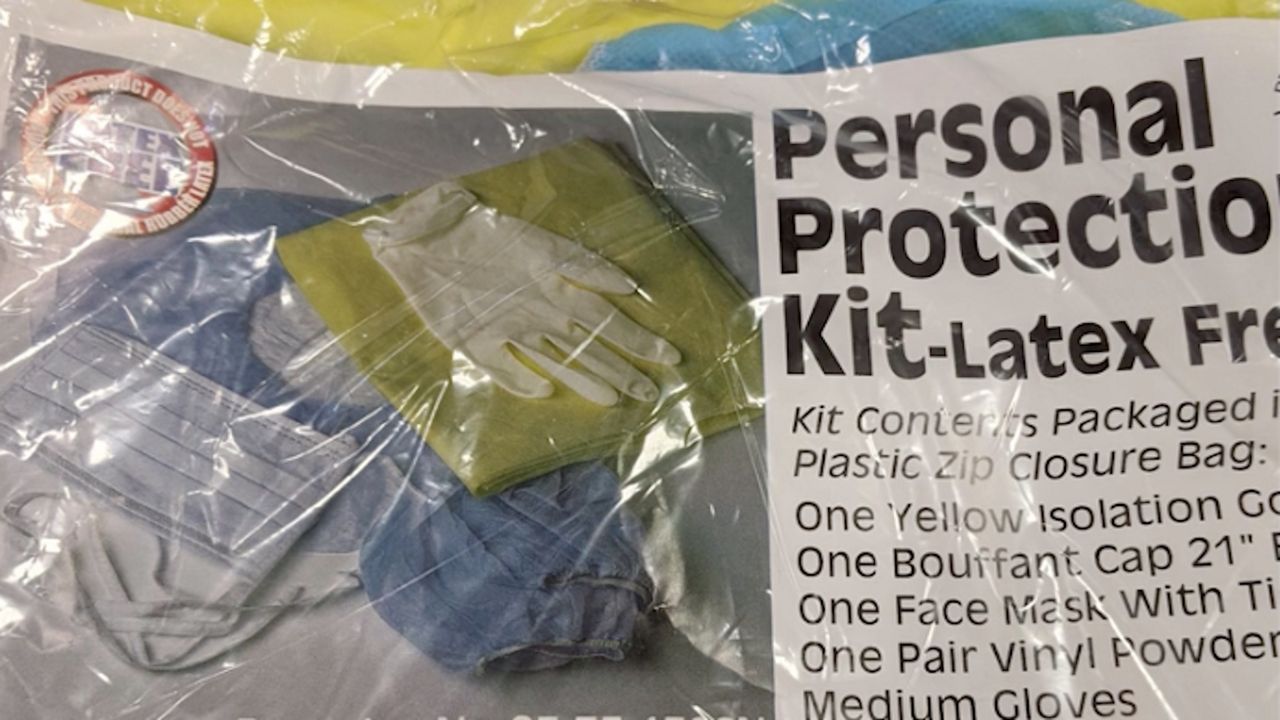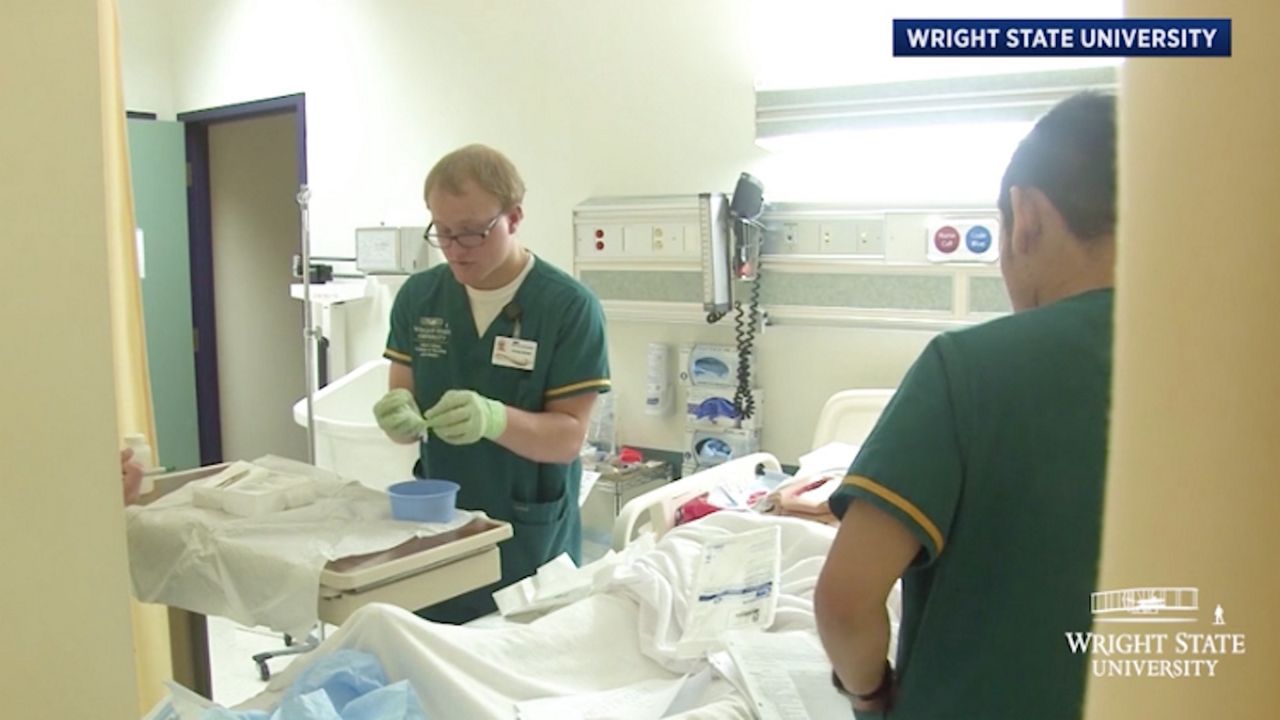CLEVELAND, Ohio — First-year medical students at Case Western Reserve University are now using "hologram technology" in their homes to continue learning through this health crisis.
- Students recently received Microsoft HoloLens and HoloAnatomy software
- COVID-19 caused the school to switch to remote learning
- This program will help students so they will not fall behind on their class and lab work.
Students enrolled at Case Western Reserve University's medical school recently received the Microsoft Hololens and HoloAnatomy software.
COVID-19 caused the school to go to remote learning and the university started using holograms for their students so they can continue their education from home.
Erin Henninger is the executive director of interactive commons at Case Western.
“We were able to mail a HoloLens headset to all 185 of our first-year medical students, so they can put on the headset at home and they can use this to do their learning right along with their teacher like they do normally in class, but this time from home,” she said.
This program will help students so they will not fall behind on their classwork and lab work.
Henniger says with HoloLens, the experience from learning at home is just like being in the lecture with all your other classmates.
“The HoloLens is a computer headset that looks like this and it’s basically a laptop that you are wearing on your head ,but instead of having a screen display, it displays in a way that you see what the computer is showing you with your eyes and you see it in the world, so we show the students holograms of the human body that they use for their medical anatomy learning,” said Henninger.
The technology also gives the students a unique opportunity to study human anatomy through the help of three-dimensional images.
“Our program, we can give them the digital holographic body and they can learn from home anytime. They are not going to miss a day of class,” Henninger said.








